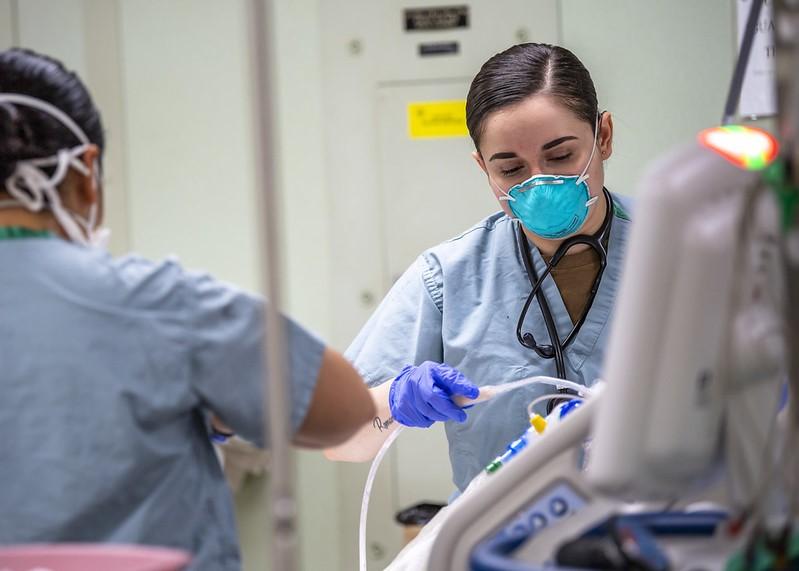Infection
Sequencing ties new Cambodia H5N1 avian flu cases to older clade
Two stroke centers in Canada and the United States saw a significant reduction in monthly hospital presentations and workflow speeds in the first two waves of the COVID-19 pandemic, finds a study published today in Scientific Reports.
Researchers at Harvard Medical School and the University of Calgary analyzed changes in stroke rates, hospital systems of care, and treatment times at two comprehensive stroke centers in Boston and Calgary before and during the pandemic (January 2018 to May 2021). The study period was divided into period 1 (pandemic wave 1), period 2 (lull), and period 3 (wave 2).
No significant rise in hospital stroke deaths
Of the 3,816 patients seen at the Calgary clinic, 69.3% had an ischemic stroke before the pandemic, and 30.7% had one during the pandemic; 80.0% were hospitalized. At the Boston center, 2,400 patients had an ischemic stroke, 66.1% of them prepandemic and 33.9% amid the pandemic; only 1% had the same admit and release date.
During wave 1, monthly stroke counts fell significantly, and both centers noted reductions in therapies to restore blood flow, which gradually rose but not to prepandemic levels before dropping again during wave 2.
Strategies must be taken to continue to motivate patients to seek care even during pandemic and stroke protocols should accommodate measures to mitigate inefficiencies.
Both centers had in-hospital workflow delays that resulted in slower stroke diagnosis and treatment during waves 1 and 2 and the lull period, likely due to hospital SARS-CoV-2 infection-prevention mandates (eg, donning personal protective equipment, additional cleaning processes, relocation of services). There were no significant changes in rates of in-hospital deaths due to stroke.
The study authors said that physical-distancing messages could have inadvertently led patients with emergent conditions such as strokes to avoid hospitals. Lockdowns and disruptions to services and support networks for older people and those with disabilities may also have been barriers to seeking care for emergencies.
“Strategies must be taken to continue to motivate patients to seek care even during pandemic and stroke protocols should accommodate measures to mitigate inefficiencies,” they concluded.

